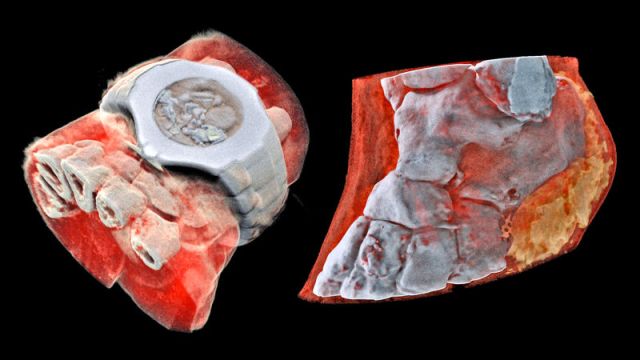Ask Ethan: Would Life On Earth Be Possible If We Were Anyplace Else In The Galaxy?

How ‘special’ are we for life to have survived and thrived the way it did?
While there are hundreds of billions of stars in our galaxy, many with Earth-sized planets at the right distance for liquid water on their surface, there are great chances for life all throughout the Milky Way. At least, that’s what we assume. But isn’t it possible that the conditions we have at our location make us very special as far as life surviving and thriving the way it has here on Earth? That’s what Tayte Taliaferro wants to know, as she asks:
[W]hat would happen if our solar system had formed a little farther up the arm of the galaxy? What would happen if we were at the tip of the arm? What if, theoretically, instead of the humongous black hole in the center of our galaxy, our solar system was there? Would there be major climate difference[s]? Would we be able to survive?
Let’s look at how different things would be.
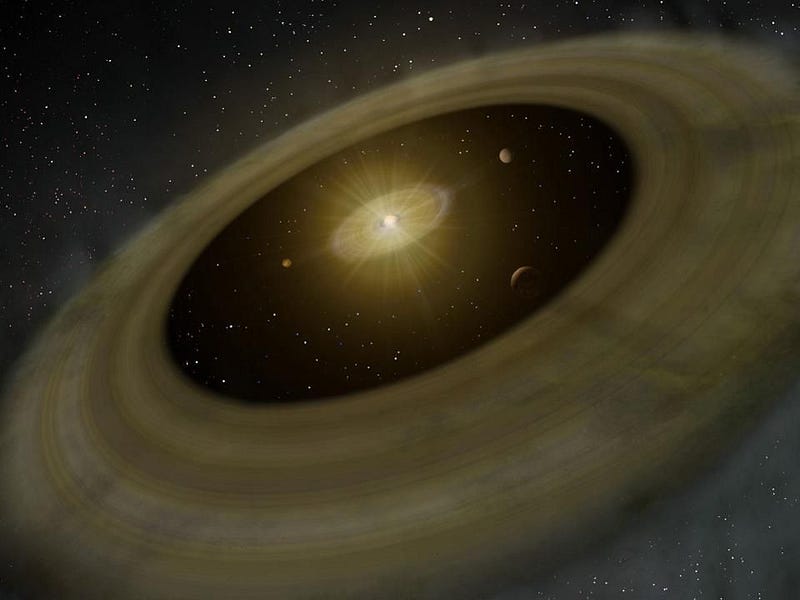
Here in our Solar System, we’re relatively well-informed about how it all broke down over the past 4.5 billion years. A molecular cloud of gas with a certain amount of enrichment — containing about 2% heavy elements by mass, along with ~28% helium and ~70% hydrogen — collapsed, giving rise to new stars. One of those would be our Sun, which formed a protoplanetary disk around it, like practically all stars do.
Over millions to tens-of-millions of years, the hot Sun boiled off the material in the inner disk, while the outer, cooler material then fell in and accreted around the pre-existing cores. The most massive, giant worlds held onto large amounts of the lightest elements (hydrogen and helium), while the smaller, rocky worlds did not. Gravitational interactions did the rest, and determined the Solar System we arrived at today.
There are many properties about Earth and our Solar System that appear special, but they may not be necessary for life. Unlike all the other rocky planets in our Solar System, Earth has a giant moon, which causes the tides and keeps our axial tilt stable. Unlike many other Solar Systems, ours has a large gas giant — Jupiter — just slightly beyond the location where our asteroid belt exists. And unlike the majority of stars in the galaxy, we’re located on the outskirts of a spur of a spiral arm, some 25,000 light years away from the galactic center.

For 4.5 billion years on Earth, life has continued to survive and evolve, developing more complexity, diversity, and with more information encoded in its DNA. We’ve made it through a large number of mass extinction events, most of which have unknown or only speculatively known causes. Although anywhere from 30% to perhaps 70% of the species on our world have been wiped out at various times, most recently from a giant asteroid strike just 65 million years ago, life on Earth has never faltered. As time has continued on, so has the presence of biological activity on our planet.
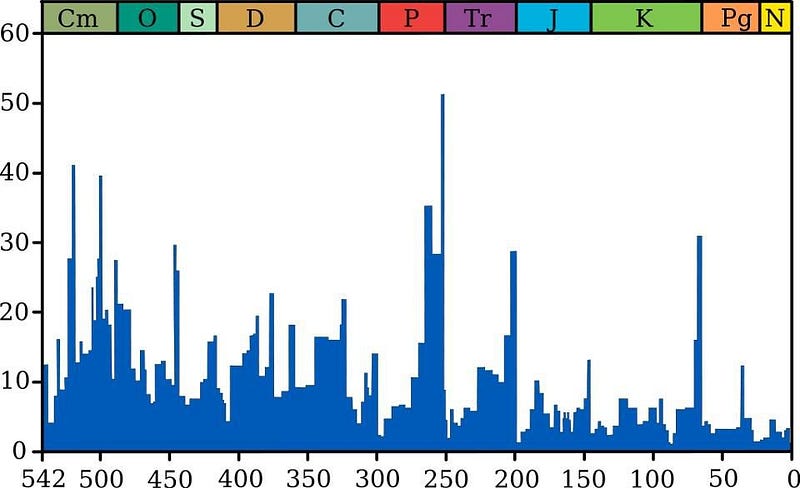
Of all the traits that Earth has, though, which ones are absolutely necessary for life? And which ones would lead to a planet where the history of life told a different story than ours, but where everything was still possible?
Until we actually find life beyond Earth, in planets that lie beyond our Solar System, questions like this will inevitably be based in speculation. But this isn’t mere guesswork; these are the theoretical statements we can make using the best science we have available to us at the present time. Based on everything we know, it seems like the conditions that make life possible are a lot more diverse and flexible than most people would expect.
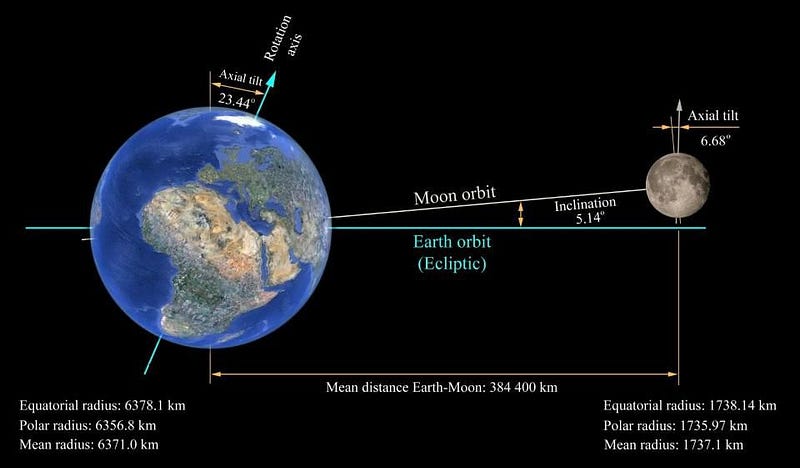
Take Earth’s large moon, for example. The gravitational forces from it keep our planet rotating on the same axis over time. Our present axial tilt is 23.5 degrees, but this will vary over very long timescales between 22.1° and 24.5°. A world like Mars, on the other hand, has almost the same axial tilt as Earth: around 25°. But over tens of millions of years, this will vary by ten times as much as it does on Earth: from a minimum of 13° to a maximum of 40°.
This results in huge variations in the climate at various latitudes on Mars, far bigger than any ice age will deliver on Earth. But so long as life can either survive long-term temperature changes or migrate to more temperate climate zones, this shouldn’t be a dealbreaker. Interestingly, the tidal forces from our Moon have also slowed the length of our day: from ~8 hours to 24 hours over the past four billion years. This doesn’t seem to have affected life at all.
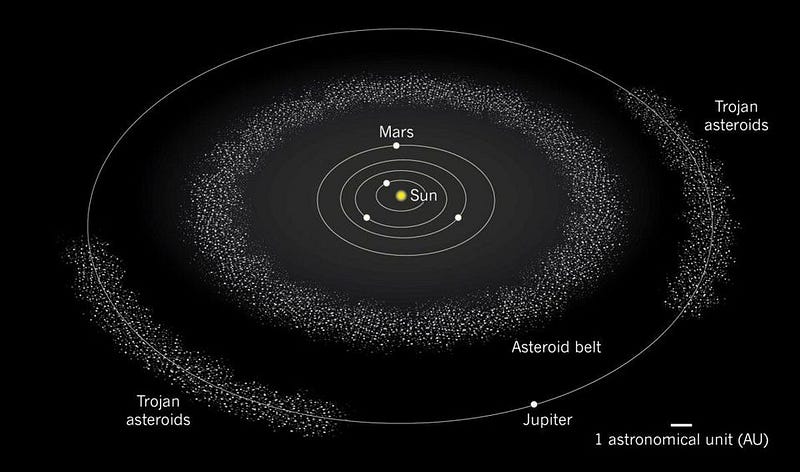
This is a very similar deal to what happens with Jupiter in our Solar System. Sure, the conventional wisdom is that Jupiter “clears out” the asteroid belt, making it far less likely that an asteroid will collide with Earth. But there’s actually a lot of debate surrounding this issue. For example, consider the following question: does the gravitational presence of Jupiter increase or decrease the probability that an asteroid will be sent our way? Jupiter acts like a perturbing force, randomly imparting an additional velocity to whatever comes near it. Many asteroids will be kicked out, but many otherwise stable asteroids could become potentially hazardous. In the cosmic equation for life, we’re actually unsure whether this is a net positive or negative.
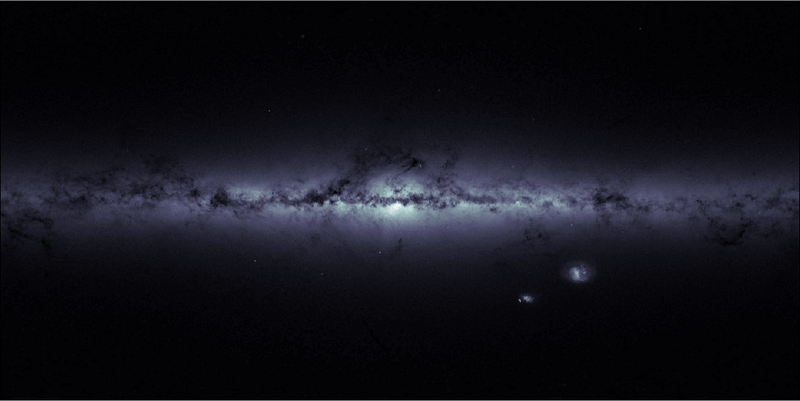
In addition, there is a huge debate about which stars can support life. They not only need to not be too massive and short-lived, but they may need to be more massive than a certain threshold. Most stars — about 80% of them — are red dwarf stars. With low-luminosities, they tidally lock their planets quickly, and emit frequent, large flares. Is life possible around them, or do we need a more massive, Sun-like star?
And what about our position in the galaxy? Some things we can speak sensibly about, like the presence and abundance of heavy elements. In order to have rocky planets with the ingredients conducive to life on it, we believe that we need enough heavy elements to be present. Without those elements, we could only have gas giants, and we couldn’t have the diversity of carbon-based compounds we need to create life.
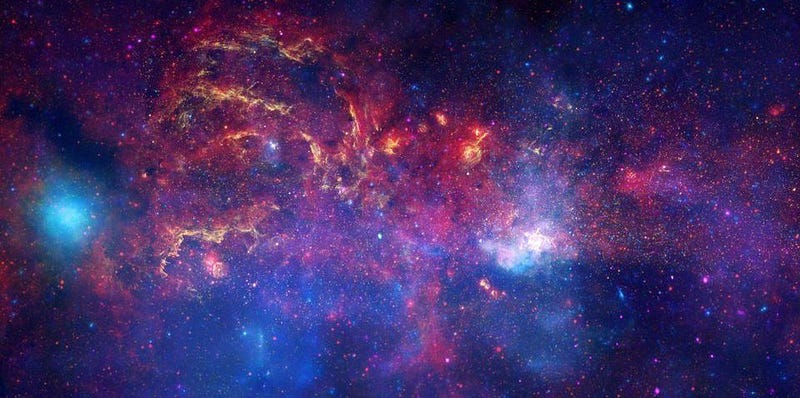
But what is the threshold there? Do we need the full abundance of heavy elements to make it work? Would half the abundance still get the job done? What about 10%? 1%? We can map out the abundance of heavy elements — what astronomers call metallicity — relative to a star’s position in our galaxy. What we find, perhaps surprisingly, is that as long as the stars lie close to the plane of the Milky Way’s disk and not too close or too far from the center, they’ll be more-or-less like we are. The right balance of heavy elements, assuming you need to cross a certain threshold to make life possible, is actually found in most stars in the Milky Way being created today.
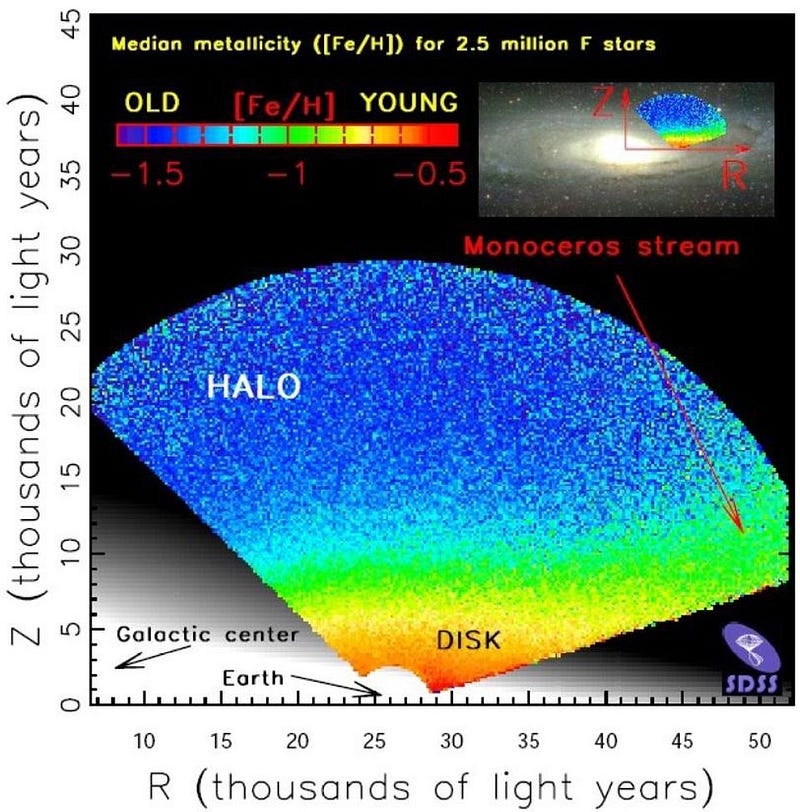
Still, there ought to be locations where conditions are simply too violent to support life. A star that’s too massive, maybe more than 50% as massive as our Sun, wouldn’t live long enough for life to reach the complexity it’s reached here on Earth. An inhabited planet that’s too close to a violent cataclysmic event — like a supernova or gamma-ray burst — could have life on it extinguished, although this is debatable, as life could potentially survive it. And a place where the density of stars was too great would mean that a planet might get ejected from its home Solar System or otherwise have its orbit catastrophically disturbed. The odds of such an ejection are very low where we are, but would be enormously increased at the galactic center.
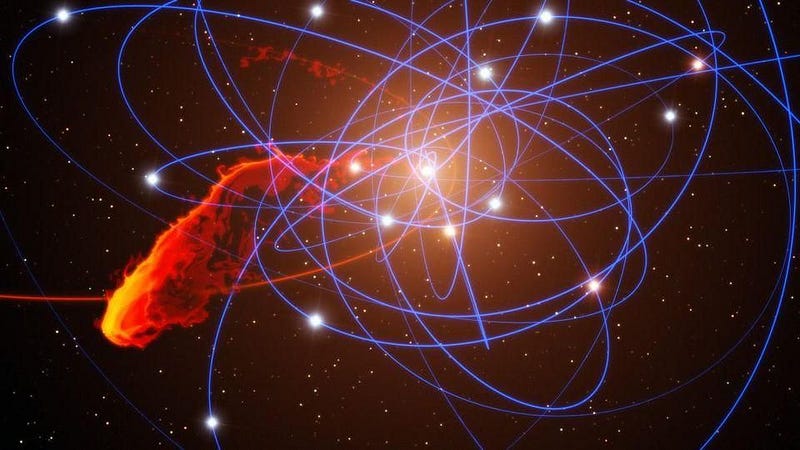
In order for life to succeed over a time period of billions of years, we believe we need three major ingredients: for life to begin, to maintain enough stability in a planet’s conditions for life to continue, and to avoid events that result in 100% extinctions. It’s very easy to imagine a planet, like Mars, perhaps, where life began. But if the planetary conditions changed to make it unsuitable for life, or if a catastrophe came along to cause the extinction of every living thing, we couldn’t have an Earth-like world.
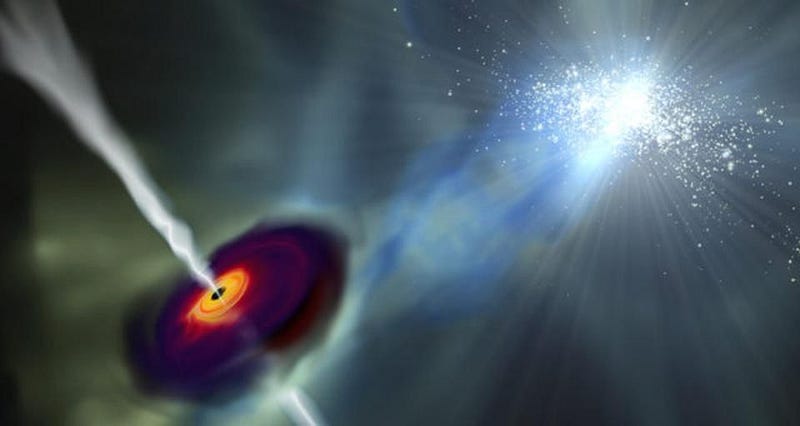
Yet, for all of it, the odds are only against the densest and sparsest galactic environments. The galactic center is populated with young, massive stars where life is most threatened; the sparsest galactic outskirts are where life is unlikely to begin in the first place. To the best of our knowledge, once life begins on a world and starts to get under a planet’s skin, it becomes very difficult to extinguish.
We are absolutely certain that the conditions we’ve had on Earth since its inception have led to a thriving biosphere, but we speculate that very different conditions could still have led to a similar outcome. In the great cosmic equation, don’t bet against life thriving and surviving even in a tremendous diversity of environments. After all, a rainforest, a hydrothermal vent, and the snows of Antarctica are all teeming with life. An alien planet might not be right for humans, but it might be just right for the aliens that grew up there.
Send in your Ask Ethan questions to startswithabang at gmail dot com!
Ethan Siegel is the author of Beyond the Galaxy and Treknology. You can pre-order his third book, currently in development: the Encyclopaedia Cosmologica.




